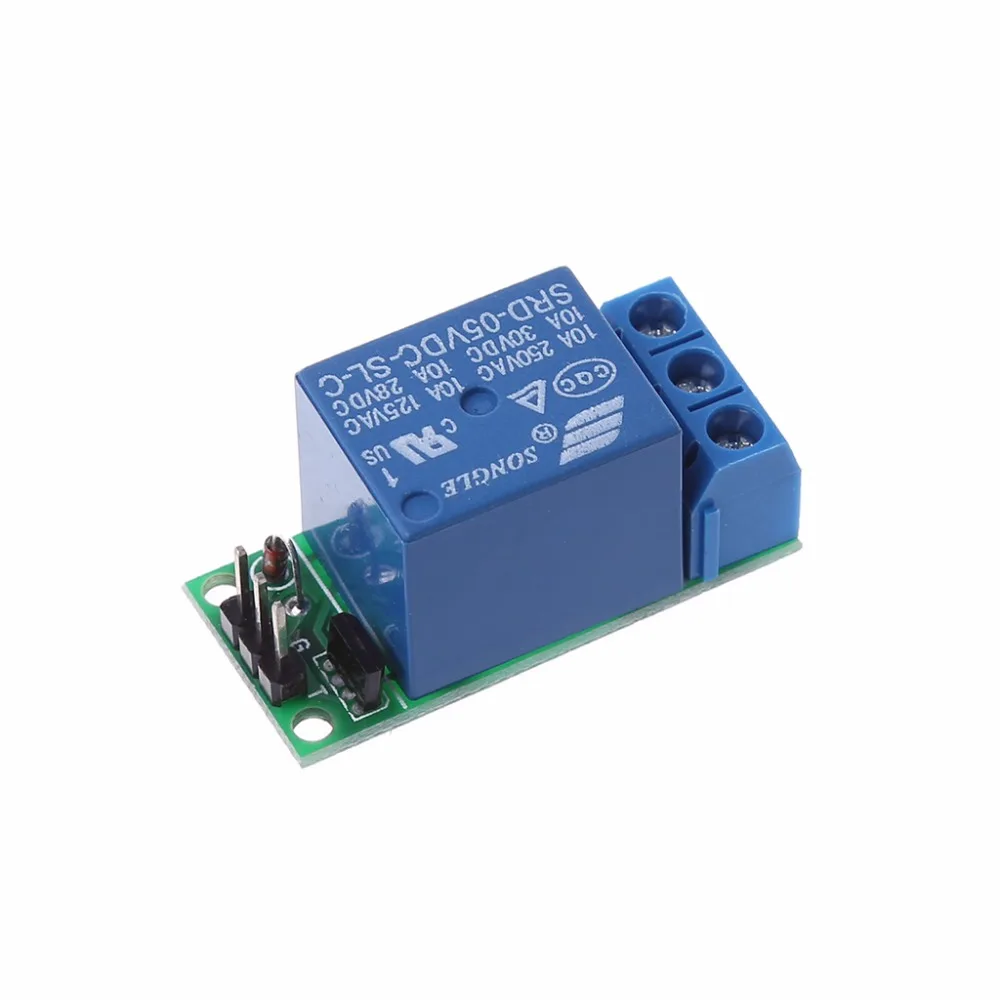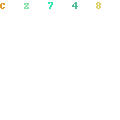Latches And Flip Flops 3. These bi-stable combinations of logic gates form the basis of computer memory. In electronics, a flip-flop or latch is a circuit that has two stable states and can be used to store state information - a bistable multivibrator.

Digital Systems: From Logic Gates to Processors.
In particular, clocked flip flops serve as memory elements in synchronous sequential Circuits and unclocked flip-flops (i.e., latches) serve as memory.
The only difference aroused between a latch and a flip-flop is the clock signal. As flip-flops are bistable devices, these sequential circuits are sometimes called "latches" because their outputs are locked or latched onto their input state until there is another change to its input condition. Flip - flops are one of the most fundamental electronic components.












































